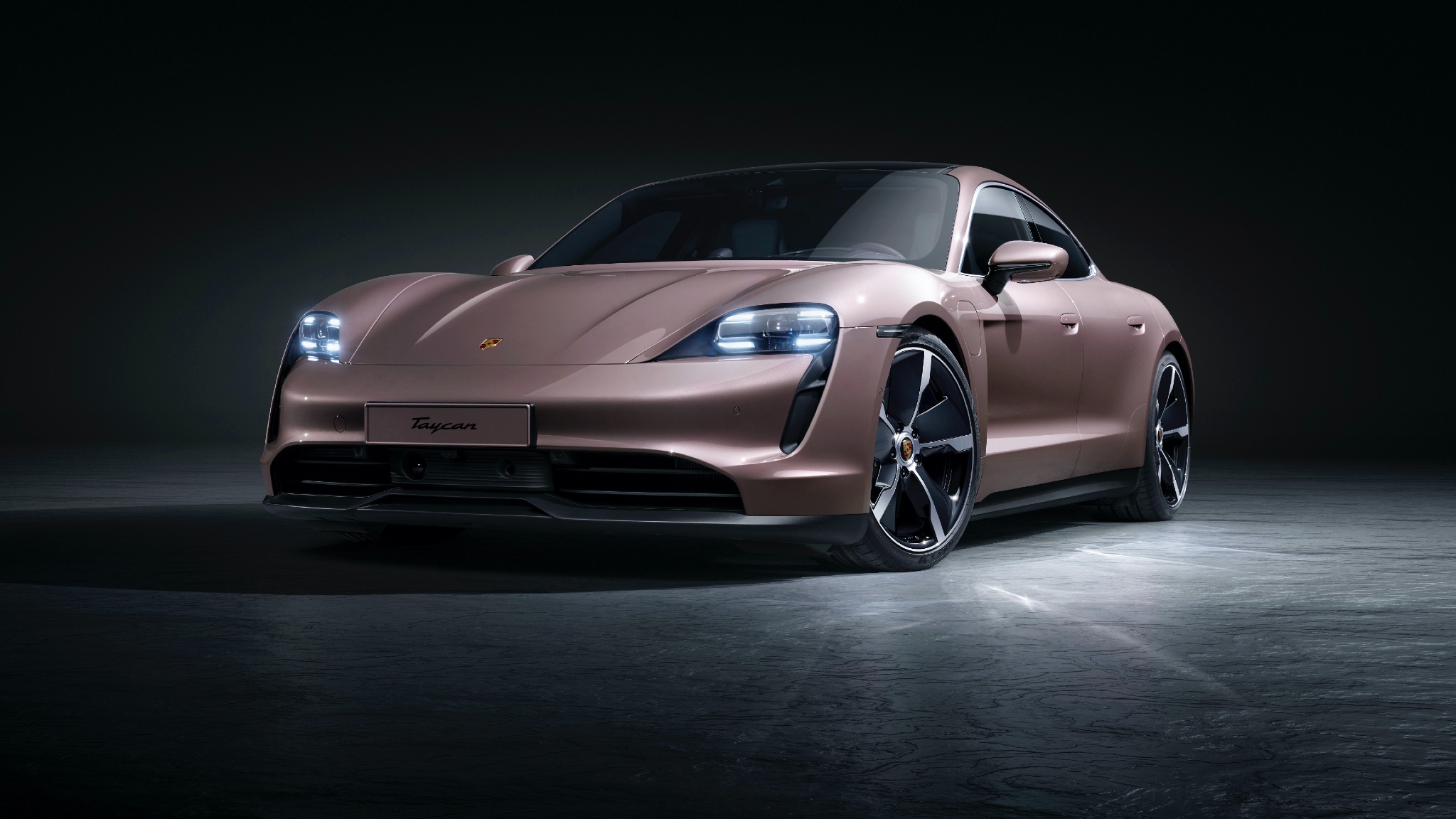Why do the majority of EVs get a single-speed gearbox and not a multi-speed gearbox?
Most of the EVs available in the country are on offer with a single-speed transmission, but why? We’re here to clarify this for all you aspiring EV buyers and fellow car nerds
 Taycan gets a dual-speed transmission setup
Taycan gets a dual-speed transmission setupWith the speed of transition from regular ICE vehicles to plug-in hybrid vehicles and battery electric vehicles taking off, we’ve had to learn a number of new things with respect to how automotive drivetrains function. And if understanding batteries and motors isn’t enough, we have also had to wrap our heads around the fact that, more often than not, EVs get single-speed transmissions. This isn’t always the case though — the Porsche Taycan gets a dual-speed transmission whereas Formula E cars get multi-speed gearboxes. Why so? Let’s find out!
 The elelectric motor of a Taycan with the two-speed gearbox
The elelectric motor of a Taycan with the two-speed gearboxWhy do most EVs get a single-speed gearbox?
The reason for this is firstly the higher rev range of the electric motors. Electric motors can rev up to 20,000 rpm while, on average, ICE cars go up to 6000-7000 rpm. Secondly, ICE cars have a narrow power band, which means they generate peak torque and power within this specific band of engine speed and thus require multiple gears to attain higher speeds. On the other hand, in the case of electric cars, the power band is much wider as compared to the ICE cars and the motors have efficient power delivery throughout the range, producing peak torque even at zero rpm, so a single gear box is sufficient for them to attain the top-speed. This does mean that some of that brain melting acceleration fades at the top end. But that doesn’t matter to most EV buyers since you’re already going plenty quick.
 The luxurious EQC gets a single-speed gearbox
The luxurious EQC gets a single-speed gearbox Now, we know why manufacturers prefer a single-speed gearbox for an EV, but we might wonder why manufacturers like Porsche offer a two-speed transmission in the Taycan or why certain racing teams race their electric vehicles in Formula E or Extreme E with a multi-speed gearbox. The reason for this is not that complicated. When an electric motor comes paired to a multi-speed gearbox, the first gear comes into play at lower accelerations, helping the car to launch quicker, whereas when the speed is gradually increased, shifting to the next gear helps the car perform better at high speeds. Now, a multi-speed gearbox, for instance in a car like Porsche Taycan, ideally comes mated to two motors and can be beneficial only when the performance of the cars matters a lot. In most other cases, a single-speed gearbox suffices in an EV. Also, the multi-speed setup not only is a bulkier setup but is also a costly setup, affecting the overall price of the car.

To sum it all, the EVs usually get a single-speed transmission because they are just enough for everything that you need in a car, whether it is performance or doing high-speed runs. From a Tata Nexon EV to the luxurious Mercedes-Benz EQC, all of them come with a single speed transmission and they do the job pretty well, until and unless you want to extract more performance from your car and want to go for a Taycan, without worrying about your pockets.


